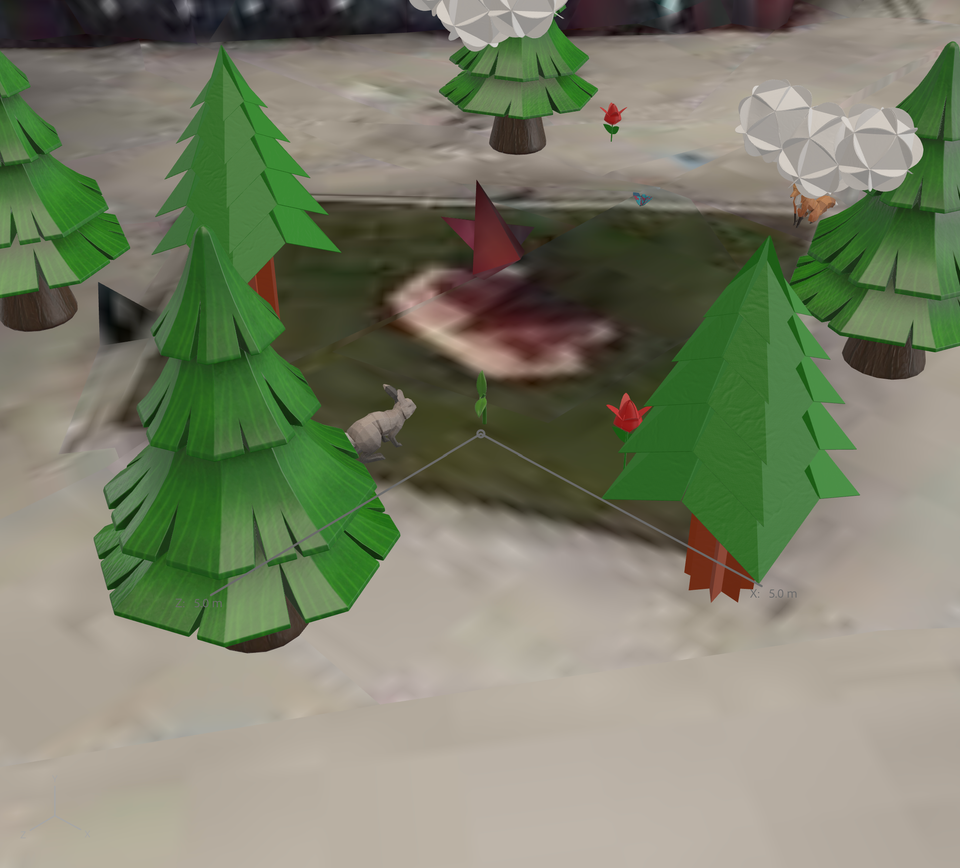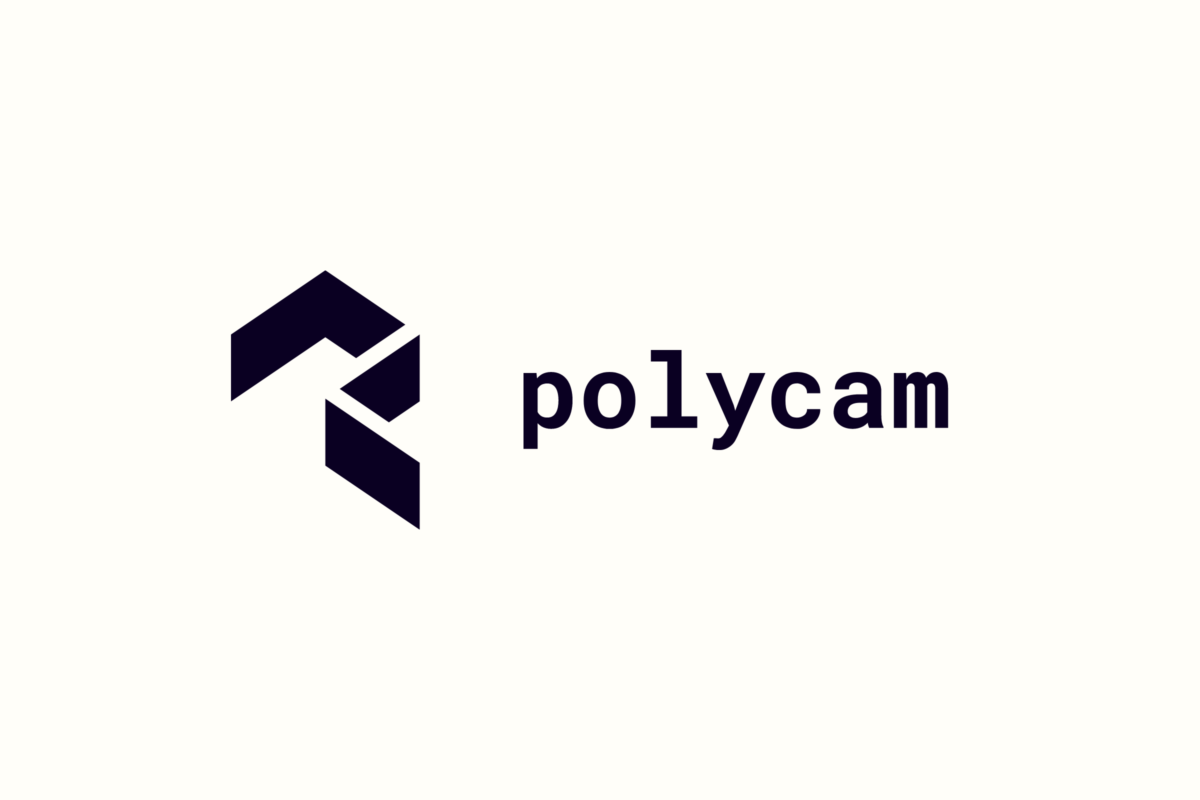The making of a PS1 Model

Step by Step guide on how I made this watch in blender.

I Began by modelling the watch ,I have this watch in real life so I had a reference right in front of me which made the modelling process easier. If I was modelling a realistic watch I would have modelled each individual link of the band but as this is a PS1 style model I made a simple watch band with less polygons to stay true to the PS1 style because I knew the texturing would bring out the details.
For the band I made a long rectangle and applied a "simple deform" modifier to give it the bend.For the watch face I made a cube and then extruded some of the faces to make that unique watch face shape.For the small buttons I made a cylinder and then decreased the amount of vertexes to 8 to make it an octagon I did this because most PS1 games didn't use full cylinders as they contain too many polygons and vertexes for the PS1 to render along side other stuff.

Then in order to texture my model I needed some image textures so after looking online and finding nothin I decided to scan my watch in to extract the textures.

To convert the scans into PS1 style textures I reduced the resolutions to 256px by 256px as that's the most common image size for PS1 texture files.Then I decreased the amount of colours in the image down to 16. In a lot of PS1 game the image textures colours are reduced to 8 colours but I thought as this is going to be a solo model I can go for 16 colour just to bring out a bit more detail.




I had made these 4 textures ready for my model for the from of the watch face I edited the time on photoshop as I wanted it to be tangible when read as before I edited it you couldn't make out what time it was. Other than this I didn't really make any edits to other textures as I wanted to keep them authentic.

After that I began UV texturing the model this was the longest step , it's not difficult it's just time consuming, I had to line up each box so the texture was coherent and lined up.
On the left is the texture editor where you drag the meshes face into the right space to display the texture.
On the right is the real time model so you can see how the texture is looking on the mesh.

This is how the model looks with the completed textures, if this was just still image I wouldn't of bothered texturing the underside of the watch face but as I was going to make a 3d spinning animation I made sure the texture the whole of the watch.

With the watch fully made I began with setting up the scene for the animation. the box around the model and camera is what renders the PS1 vertex snapping (the warping of sesh) I made sure to add this to make it even more of an authentic PS1 model. I set the frames per second at 12.
To make the model do a 360° I set the model at 0° on the Z axis on frame 0 the I set the model at 359° on the Z axis on frame 120 so it would loop.

Then to add an extra PS1 style element I added an extra pixelation node in the composition menu this effect will apply when you render an image or animation.

After tweaking some small setting such as turning the "film" down to 0 as I don't want the model to have anti aliasing for any other model you would want this as it smooths the edges and makes it less pixelated but obviously as this is a PS1 model I want that pixelation.

After rendering this was the result. By DBOOTH©
^Final render

